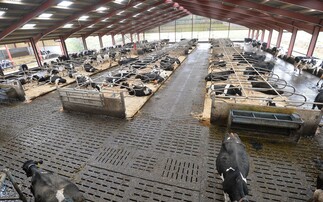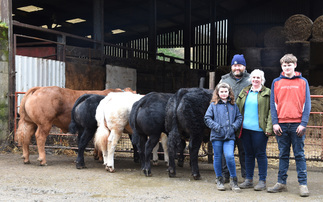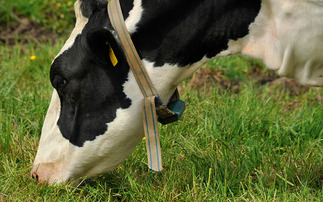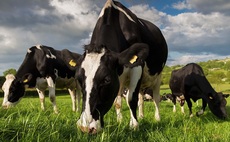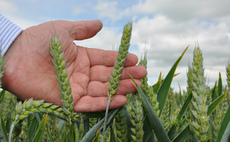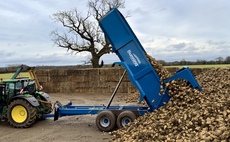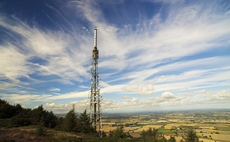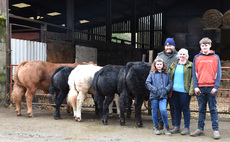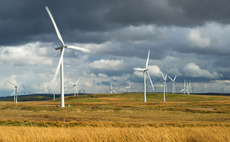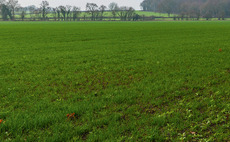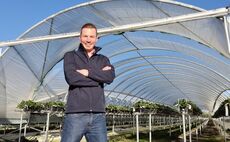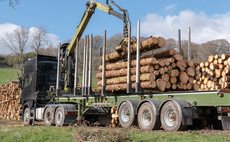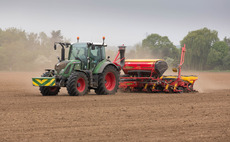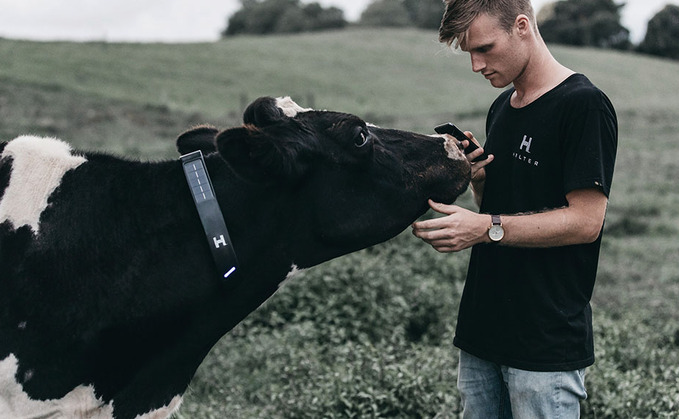
Remote monitoring tools could be a solution to the problem of recruiting staff into dairy farming. Farmers Guardian takes a look at some New Zealand technolgy, which is now being aimed at the UK market.
The ability to control cattle from your farm office, or even off-farm, could soon become a commercial reality.
One company offering technology to control cattle is the New Zealand-based Halter, which was set up by Craig Piggott in 2016.
Mr Piggot, who has a dairy farming and mechanical engineering background, came up with an idea aimed at removing the inefficiencies and imprecision of a pasture-based dairy businesses.
His background included a spell with a low-cost satellite launch company and he began to assess the value this technology could bring to farming.
Mr Piggott says: "It has always been hard to be efficient around fencing and infrastructure.
Our initial aim was to develop a system for fenceless farming, but we soon realised that virtual fencing brought with it the ability to shift and move animals - so drafting and splitting out individual animals from the herd became easy. Then we moved on to look at some of the animal behaviour characteristics that are easy to track."
The technology and is based around ‘cowgorithim', which explains Mr Piggott is a cow guidance system built into the solar-powered collar the animal wears around its neck.
The technology is continually interacting with the animals, giving them a left or right sound while building their trust so, unlike other systems, the system does not continually rely on electric shocks.
Mr Piggott explains: "It makes a high-pitched sound if the cow goes beyond her virtual boundary, and this gets louder if the animal continues to go the wrong way. We talk to them throughout, so they quickly adapt to the system.
"This started out as a tool to do away with fences, working on satellite or drone technology to set perimeters using GPS co-ordinates arranged as a square. Once set into the collar the cow cannot move beyond those co-ordinates.
"We looked at the fact that cows are constantly walking in and out of the milking parlour and considered how to put her on the cow tracks and return her back to the shed.
This is a huge saving in labour time and costs and, coupled with the ability to shift individual cows into groups, removes the need for any kind of drafting gates, another hardware saving."
Mr Piggott adds the technology also allows farmers to monitor the health of the stock. By continually tracking the motion of the cow it becomes easy to report anything she is doing that is out of context.
For example, if she is walking less or is slower, it is an indication that she is lame and/or she is eating less. The farmer will then receive an alert to his mobile and is able to locate the animal.
Mr Piggott believes the opportunity provided by this technology is ‘limitless'. "As we work with the cows, the more we understand about their actions and questions.
"We have masses more we want to build into the collars, including an ability to update the software remotely."
The collars are already being trialled in real farming situations on Halter's test farm and were deployed onto a small number of Waikato farms at the end of 2019.
Mr Piggot says once a foothold is established in the New Zealand market the company will look offshore and plan to enter the UK market in 2020.
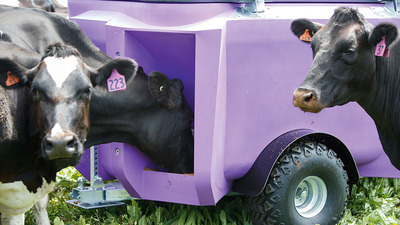
Automation to manage grazing stock
A range of fully automated feeder wagons are being developed by another New Zealand business - Zeddy.
It is hoped this technology will be available in the UK and Ireland in the next 12 months once a distributor has been agreed.
The Zeddy 500 is a standalone towable unit that has the capacity for 0.5-tonne of dry feed or calf meal. It is suitable for calves, deer or sheep, and identifies each animal from its EID tag, dispensing an individual pre-determined amount of feed as the animal approaches the wagon.
The company's chief executive officer, Kate Gwilliam, says: "This is a really exciting development that makes management of remote or outwintered stock so easy. We are working on building the range to reach a wider range of animals, and currently we are getting as much interest from international markets as the home market."
The bigger model, the Zeddy 1250 is also a standalone towable unit but this time has a capacity of 1.25t, making it ideal to feed up to 300 cows over a three- to five-day period, depending on the level of feed.
Through the dashboard on both models, farmers pre-determine how much feed should be dispensed to each individual animal. When the animal moves close to the wagon, the feed is automatically dropped, 100g at a time.
Ms Gwilliam explains: "This way, should another cow come along and push the original one out of the way, the new cow can only get a maximum of 100g of ‘free' feed. But this will be recorded against her tag number, so her own ration will be altered to take this into account.
"Our trials work has shown that in trough feeding, about 15 per cent of the animals end up getting 85 per cent of the feed. So trying to get optimum growth across a group of beef animals, is very difficult. Some do well and some do badly."
She also says that feeding cows in the parlour encourages ‘binge eating', which can lead to health issues, saying it is far better for stock to eat little and often over the grazing day.
The dashboard stores all information, and, at any time, a farmer can launch the app on his mobile phone or computer and see which animals are eating what. It will, for example, indicate when a cow is not eating her programmed ration which can be an early indicator of a health issue.
It is also possible to change individual rations as often as necessary.
For example, a cow not ‘doing well' or looking in poor condition, can easily be ‘topped up' with an increased ration.












